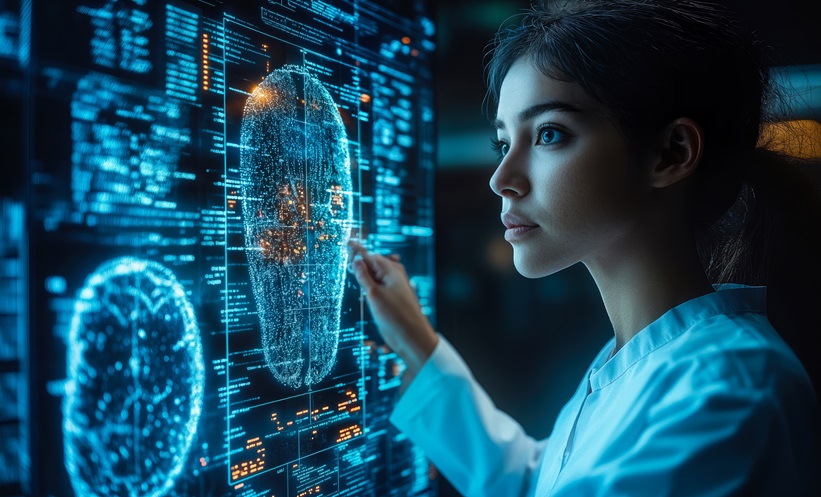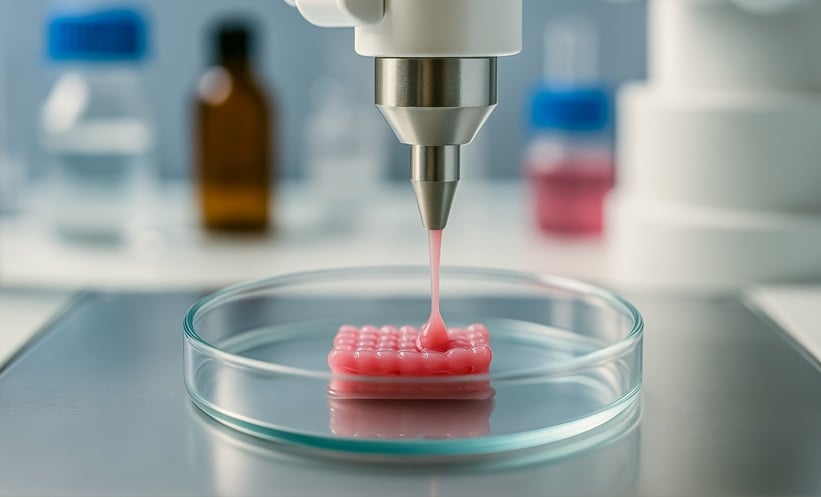A NEWLY developed microscope system from MIT researchers can reveal unprecedented details of living brain tissue, capturing the molecular activity of individual cells deep below the surface. This cutting-edge technology, which achieves depths up to 1.1mm (over five times greater than previous methods) raises transformative possibilities for brain research and clinical imaging.
For decades, neuroscientists have strived to peer deeper into the brain to understand cellular function and disease. Traditional imaging methods often require introducing chemical labels or genetic changes and are limited in how far they can see, making it challenging to obtain single-cell images in deeper regions such as the hippocampus. An innovation combining multiphoton optical excitation with ultrasound-based detection now promises to address these limitations.
In the recent study, the team integrated three-photon excitation technology with photoacoustic imaging to visualise the brain’s metabolic activity without external labels. Researchers used their label-free, multiphoton photoacoustic microscope to detect NAD(P)H, a key molecule involved in cell metabolism and neuronal activity, through both cerebral organoids with a depth of 1.1mm, and mouse brain slices up to 0.7mm thick. The system harnesses ultrafast light pulses to penetrate deeply and excite NAD(P)H, causing tiny bursts of sound within cells. These are picked up by an ultrasound sensor and rendered into high-resolution images, with simultaneous third-harmonic generation imaging providing additional structural context.
This deep-imaging, label-free platform represents a leap forward for both basic neuroscience and medical practice. Clinically, it could enable real-time metabolic monitoring during brain surgery or aid in diagnosing disorders like Alzheimer’s disease, seizure activity, or brain injury. The next phase involves adapting the technology for use in living animals, bringing its clinical translation into view. Standardising such advanced methods and demonstrating effectiveness in live tissue are now key goals for further research and eventual adoption in practice.
Reference
Osaki T et al. Multi-photon, label-free photoacoustic and optical imaging of NADH in brain cells. Light Sci Appl. 2025;14:264.








